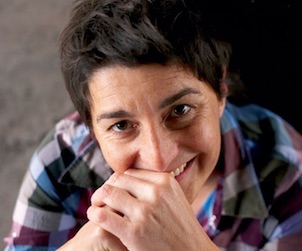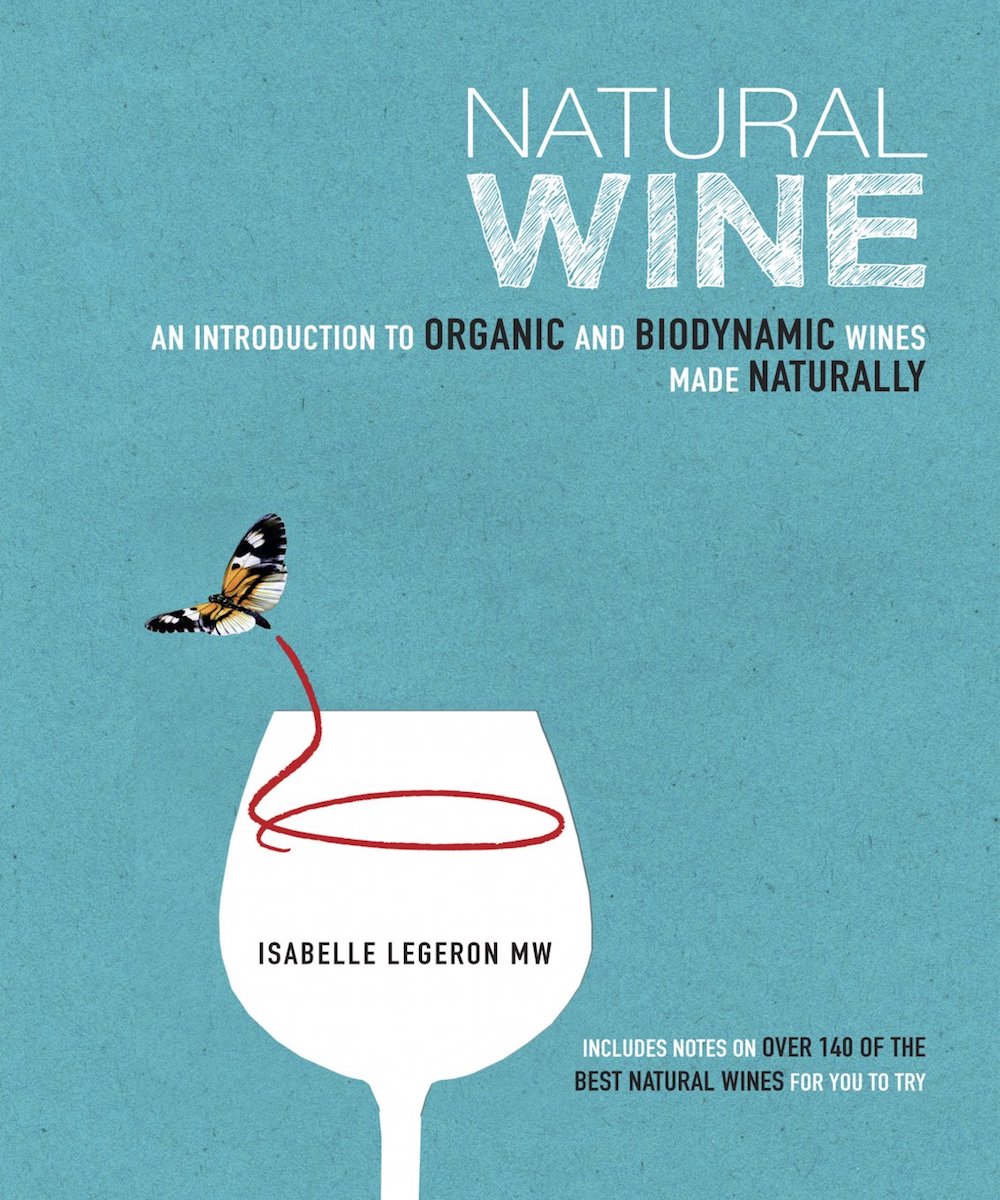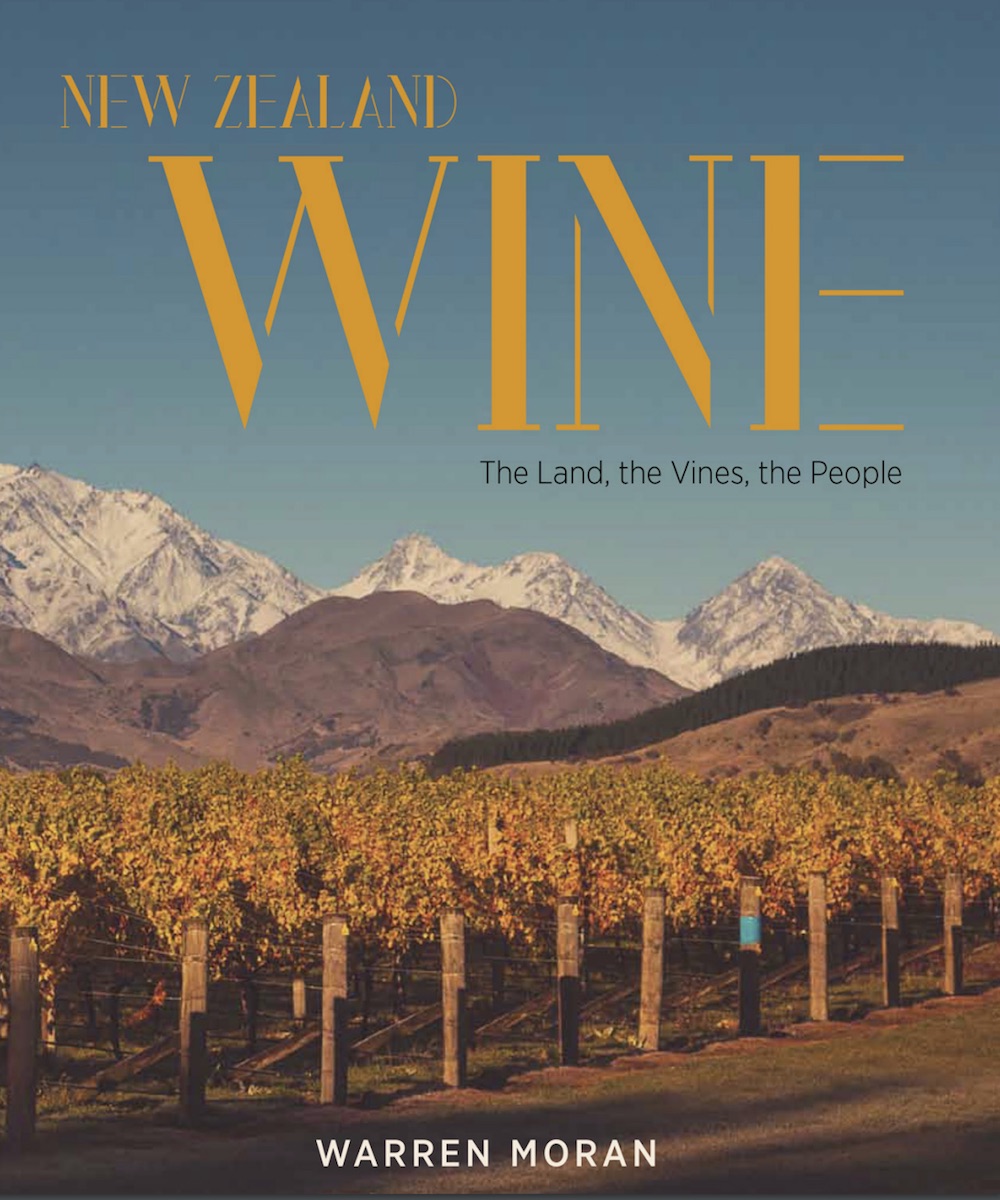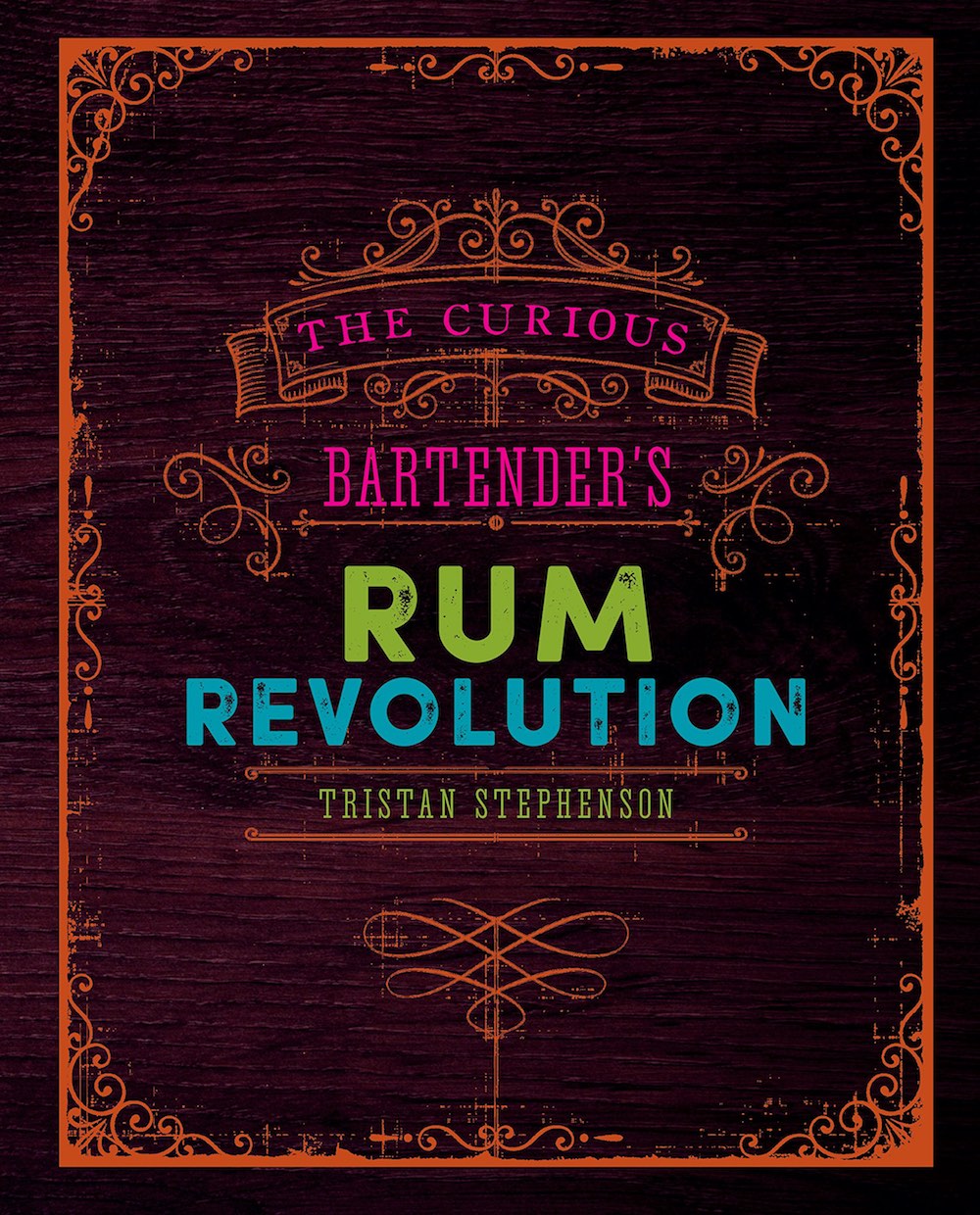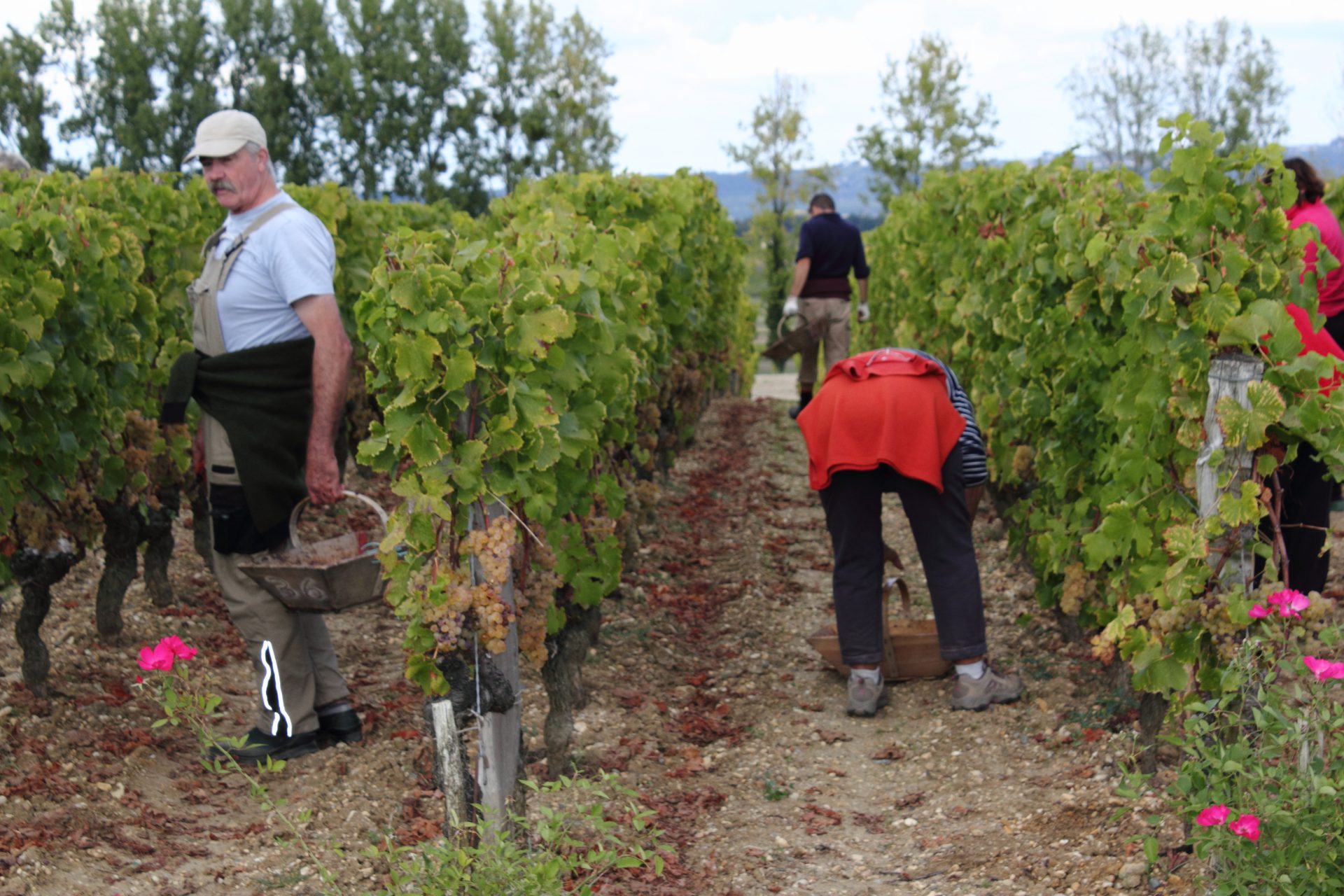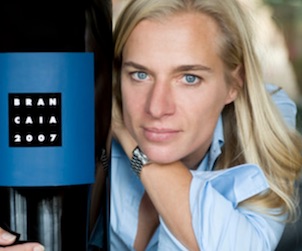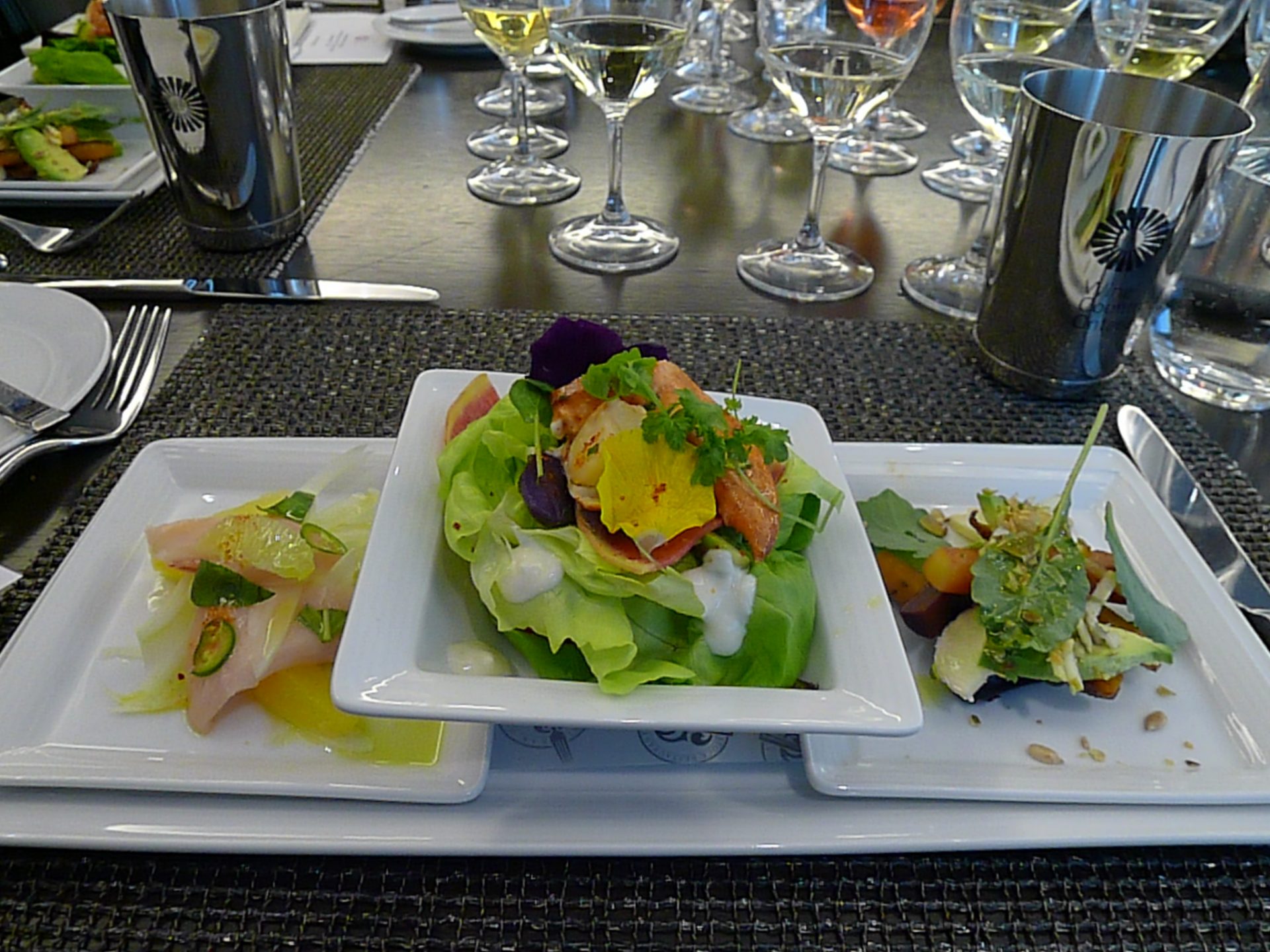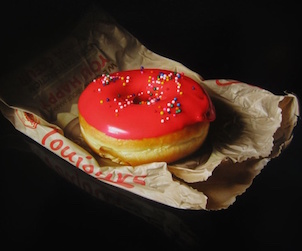 Every year Good Food Revolution presents Dean Tudor’s Holiday Cookbook (and Drinkbook) reviews. Watch for new categories every week, or click here to see them all.
Every year Good Food Revolution presents Dean Tudor’s Holiday Cookbook (and Drinkbook) reviews. Watch for new categories every week, or click here to see them all.
DEAN’S LIST 2017 PART III: WINE & DRINK BOOKS
NATURAL WINE; in introduction to organic and biodynamic wines made naturally. 2nd Edition. (CICO Books, 2014, 2017 $34.95 CAD hardbound) is by Isabelle Legeron, MW
There is a large argument raging in the wine world over what is a natural wine. Some believe that it should be applied only to organic and biodynamic farms; others think it should also mean “sustainable” or “green”, etc. The key would simply be to get rid of the word “natural” and just have “organic or biodynamic” and “sustainable”. It is only the organic and biodynamic wines that are certifiable. There are no controls over the rest of the “natural” wording on the label. Indeed, some organic wineries just press organic grapes and then use regular winemaking techniques. They can still call their wines organic. I know of many farms who use the term “natural” to reflect their organic practices, because they just do not have the money nor the wait time to apply for certification. Wine is a process, and it is also an industry. Wineries try to be consistent from year to year because they have a product to sell. The weather determines the “corrections” the winemaker needs to take (more acid, earlier/later picking, more sugar, more irrigation, etc.), but a natural O or B winery rolls with the punches and produces wine “as is”. The author takes us through the year and discusses wine faults, stability, health issues, taste, fermentation, sulphites, and a load of contentious issues. She gives notes on over 150 wines, sorted by types (bubbly, red, white, orange, rose, sweet). Not surprisingly, France has the most listings, followed by Italy: these are the two leaders by production. Other additional sections cover a glossary, lists of associations and wine fairs, restaurants and stores for the US and UK, and a bibliography.
THE NEW WINE RULES (Ten Speed Press, 2017, 152 pages, $19.99 CAD hardbound) is by Jon Bonné, award winning (Beards, Roederer) wine writer and wine book author. Here he delves into 89 new rules of the wine world, a tool which he says is a “genuinely” helpful guide to everything you need to know. His first new rule is to “drink the rainbow” all the colours of wine from the clearness of Chablis through the ochreness of Syrah. His last rule (#89) is “don’t save a great bottle for anything more than a rainy day”. It’s all wonderfully illustrated and can be read intermittently. My fave rule? #39 – “the best time to buy a wine is when it’s out of style” (as he points out, “the upside to hating Merlot was that Merlot got much better”).
NEW ZEALAND WINE: the land, the vines, the people (Hardie Grant Books, 2017, 376 pages, $85 CAD hardbound) is by geographer Warren Moran, professor emeritus at the University of Auckland, which originally published this tome late last year. Here is the international edition published in Australia and now being made available in North America. Moran has extensively covered the rural industries of New Zealand. This is a great introduction to the wines: the terroir, the grape varieties, the families and personalities, the companies, and the wines themselves. There’s a brief history and then a swing through the eight wine regions. All with maps, archival photos, panoramic views, and the rise (and importance of ) sauvignon blanc on the world stage. Pricey, but definitive – and more than just a coffee table addition.
ANCIENT BREWS REDISCOVERED AND RE-CREATED (W.W. Norton & Company, 2017, 291 pages, $35.95 CAD hardbound) is by Patrick E. McGovern, an adjunct professor of anthropology at U Penn who has written two other “ancient” drink books: “Uncorking the Past” and “Ancient Wine”. Here he looks at beer and the early experimentation with high-sugar fruits, honey, roots, cereals, herbs and tree-resins. He combines archaeology with science to cover China, Turkey, Egypt, Italy, Scandinavia, Peru – and more – in their attempts at the perfect brew. Along the way he has the original recipes, the re-created preps (not guaranteed, says the publisher), and food pairing. Plus archival illustrations and a chapter-by-chapter bibliography.
THE CURIOUS BARTENDER’S RUM REVOLUTION (Ryland Peters & Small, 2017, 256 pages, $37.50 CAD hardbound) is by Tristan Stephenson, who has authored four other Curious Bartender books (Whiskies, Cocktails, Gin, plus one on Coffee) over the years. This is a guidebook to the rum revival, with cultural and historical notes and photos. Yesterday’s grog has become a range, from white rum through aged and spiced varieties – just about all of it premium spirits. Sugarcane and molasses never had it so good! He’s got notes on 50 or so rum distilleries throughout the world, 250 tasting notes, plus the stories behind the iconic drinks of Mai Tai, Mojito, Pina Colada, and Planter’s Punch.
THE BLOODY MARY (Ten Speed Press, 2017, 168 pages, $24.99 CAD hardbound) is by Brian Bartels, writer-bartender-beverage consultant in NYC. The Bloody Mary is (besides Champagne) possibly the only drink that’s consumed anytime of day or night, beginning the AM as a hangover treatment. This is a cultural history of the drink that originated in the 1920s, possibly in France, while Prohibition had taken over the USA. You can read his half-dozen theories of name origins and when/where it was invented. In fact, you can make up a bunch of Bloody Marys (there are 50 preps here) to compare and contrast while debating/considering with others, and then try one or more of the hangover cures. Lots of spicy mixtures here.

